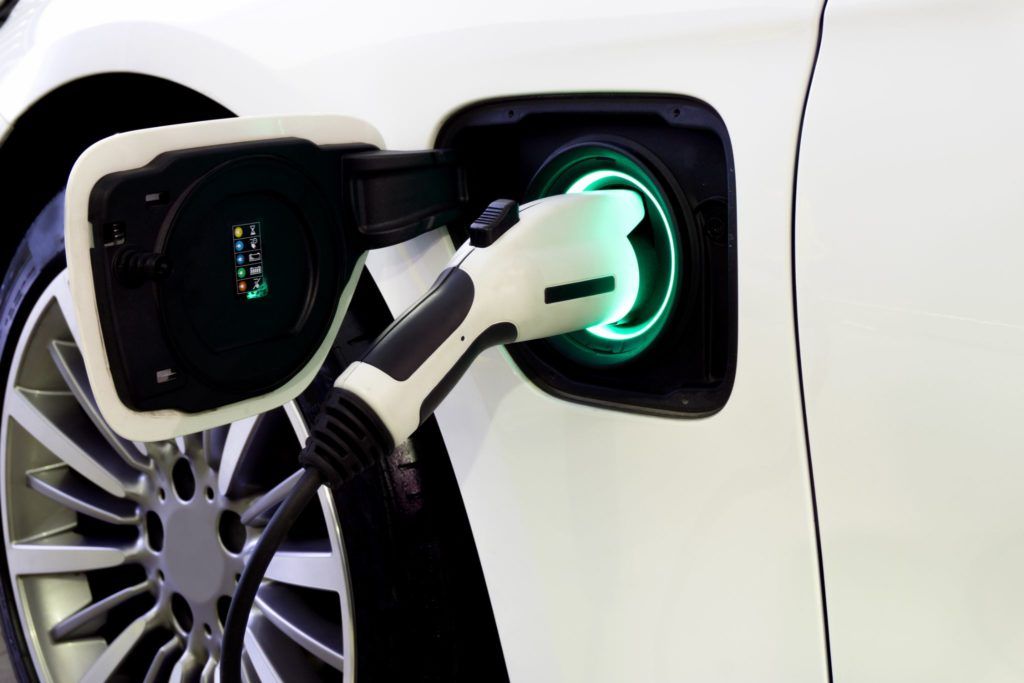With the transition to electric vehicles (EVs) now well underway, charging infrastructure will become a standard feature in business car parks and depots across the UK. Natasha Fry, Head of Strategic Accounts at Mer UK, discusses the power issues that businesses are facing as the need for charging picks up pace.
I’ve noticed a real shift in the conversations about electric vehicle (EV) charging in the last 12 months and the main topic is power. As the use of electric vehicles grows, so does the expectation that buildings will also provide EV charging but having the available power to change vehicles en masse requires careful planning.
What I have witnessed so far is that companies have been cautious in implementing a phased approach to providing charging – many starting small with a handful of charge points to support their staff, visitors or their own fleet. For that initial first phase, I find that most companies will have enough power to accommodate the infrastructure they require. In instances where power has been a challenge, especially at peak times, we have been able to work around it at the site using clever technology such as active load balancing and smart charging technology. This helps to make the most effective use of whatever power is available at a site and has helped to delay the need for costly power upgrades.
But we all know that the transition to a cleaner, greener fleet is going to take more power than is available. A business may come into this process thinking that they need one or two charge points. However, as things evolve it’s virtually guaranteed that they will need more – and with that comes the need for more power.
If I could give one piece of advice to any organisation that is thinking about transitioning to electric vehicles it would be to think about the long-term goal for their organisation and start future-proofing now.
A simple thing that businesses can do is to begin by thinking about the type of infrastructure they really need. I often find that businesses come into the process thinking that they need the fastest way to charge and want to install rapid charging on their sites – but this immediately places a huge power requirement onto a building and is not always the best solution. I would always start any consultation with a customer by understanding how and at what time of day their vehicles will need to be charged. Often fast, AC chargers are adequate – most return-to-base applications can be covered by charging overnight which requires a lot less power over a longer period of time.
For large charging infrastructure roll-outs, to adequately meet the needs of a growing fleet, it will however almost certainly be necessary to upgrade the power supply and it may even be necessary to upgrade the grid feeder and the substation at a site. Thinking about this from the beginning is critical. Engaging with a Distribution Network Operator (DNO) can add substantial timescales to a project – between three to six months for a low voltage connection and even more for high voltage due to the legal complexities they bring. At Mer, we can support our customers with a full DNO power service through our Charging as a Service model – providing a fully wrapped around electrification strategy to help overcome some of these challenges and taking the risk away from major operators.
Another option many of our customers are starting to investigate is energy generation on site. Solar and PV are obvious examples and energy storage is becoming increasingly popular to store power for use when its is needed. This too is a much longer-term solution that takes additional planning and appropriate timelines.
Whatever the approach that businesses take, it is inevitable that sites and offices across the UK will need more power – and major fleets are going to need more than anyone else. As we approach the 2030 deadline for the ban on the sale of new petrol and diesel vehicles, there really will be a power grab by companies as they look to get more supply into their depots and workplaces. The speed of electrification is accelerating, businesses need to start now so they don’t get left behind.
Image courtesy of Mer.








